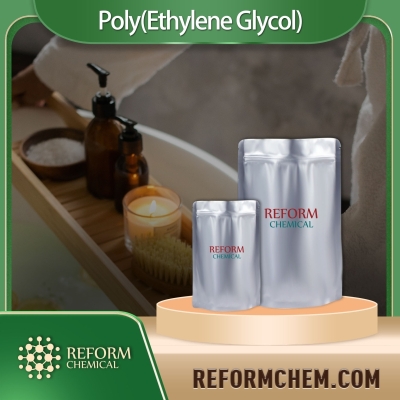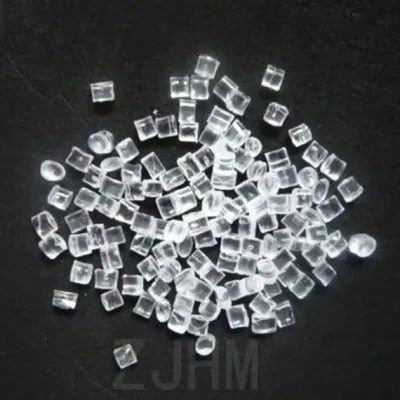-
Categories
-
Pharmaceutical Intermediates
-
Active Pharmaceutical Ingredients
-
Food Additives
- Industrial Coatings
- Agrochemicals
- Dyes and Pigments
- Surfactant
- Flavors and Fragrances
- Chemical Reagents
- Catalyst and Auxiliary
- Natural Products
- Inorganic Chemistry
-
Organic Chemistry
-
Biochemical Engineering
- Analytical Chemistry
-
Cosmetic Ingredient
- Water Treatment Chemical
-
Pharmaceutical Intermediates
Promotion
ECHEMI Mall
Wholesale
Weekly Price
Exhibition
News
-
Trade Service
The latest research by researchers at the University of Manchester in the United Kingdom has found that the new material graphene may be the most revolutionary advance
in battery technology.
One study showed that graphite membranes can adsorb hydrogen from the atmosphere, making it a fuel source
for fuel cells.
At the heart of the technology lies an important physical property of graphene – the substance has the same atomic structure
as the lead in pencils.
Graphene (GraPhene) is a two-dimensional crystal stripped from graphite material and composed of carbon atoms only one atom thick, a million times
thinner than a human hair.
In 2004, physicists Andrei Geim and Konstantin Novoselov of the University of Manchester in the United Kingdom successfully isolated graphene from graphite and proved that it could exist alone, and the two won the 2010 Nobel Prize
in Physics.
Graphene is the thinnest, lightest and strongest new nanomaterial
currently discovered.
Harder than diamond, the breaking strength is 200 times
higher than the best steel.
Graphene is almost completely transparent, a new nanomaterial with the strongest electrical and thermal conductivity, and has stronger
conductivity than copper.
Scientists are even predicting that graphene will "revolutionize the 21st century.
"
It is very likely to set off a disruptive new technology and industrial revolution that will sweep the world, from smartphones and wearable technology to green technology and pharmaceuticals
.
Graphene is a two-dimensional nanomaterial with a single-atom layer thickness that can serve as a good "proton conduction film", which will bring revolutionary progress
to the field of modern fuel cell technology.
A fuel cell is a power generation device
that directly converts the chemical energy possessed by the fuel into electrical energy.
The use of graphene membranes can improve efficiency and durability
.
The team found that protons easily penetrate ultrathin crystals, especially at
high temperatures.
Most surprisingly, the study also found that the membrane adsorbed hydrogen from air
.
By combining a proton conduction membrane with graphene, the graphene adsorption capacity is used to collect hydrogen in the atmosphere and make it a fuel source for fuel cells, creating mobile generators
that supply fuel only through hydrogen.
The latest research has found that each photon absorbed by silicon generates only one electron, which drives an electric current, while graphene can produce multiple electrons
.
Although graphene is only theoretical in the field of solar cell applications, it has great potential
.
Solar cells made of graphene can improve energy efficiency by 60% – twice as much as silicon cells
.
In addition, there is related research around the use of graphene as a packaging anti-corrosion coating
.
In terms of medical treatment, researchers say graphene can also be used to treat brain diseases, among other things
.
Graphene can also be used to purify seawater, separating salt and other elements from seawater and filtering it into potable water
.
The latest research by researchers at the University of Manchester in the United Kingdom has found that the new material graphene may be the most revolutionary advance
in battery technology.
One study showed that graphite membranes can adsorb hydrogen from the atmosphere, making it a fuel source
for fuel cells.
At the heart of the technology lies an important physical property of graphene – the substance has the same atomic structure
as the lead in pencils.
Graphene (GraPhene) is a two-dimensional crystal stripped from graphite material and composed of carbon atoms only one atom thick, a million times
thinner than a human hair.
In 2004, physicists Andrei Geim and Konstantin Novoselov of the University of Manchester in the United Kingdom successfully isolated graphene from graphite and proved that it could exist alone, and the two won the 2010 Nobel Prize
in Physics.
Graphene is the thinnest, lightest and strongest new nanomaterial
currently discovered.
Harder than diamond, the breaking strength is 200 times
higher than the best steel.
Graphene is almost completely transparent, a new nanomaterial with the strongest electrical and thermal conductivity, and has stronger
conductivity than copper.
Scientists are even predicting that graphene will "revolutionize the 21st century.
"
It is very likely to set off a disruptive new technology and industrial revolution that will sweep the world, from smartphones and wearable technology to green technology and pharmaceuticals
.
Graphene is a two-dimensional nanomaterial with a single-atom layer thickness that can serve as a good "proton conduction film", which will bring revolutionary progress
to the field of modern fuel cell technology.
A fuel cell is a power generation device
that directly converts the chemical energy possessed by the fuel into electrical energy.
The use of graphene membranes can improve efficiency and durability
.
The team found that protons easily penetrate ultrathin crystals, especially at
high temperatures.
Most surprisingly, the study also found that the membrane adsorbed hydrogen from air
.
By combining a proton conduction membrane with graphene, the graphene adsorption capacity is used to collect hydrogen in the atmosphere and make it a fuel source for fuel cells, creating mobile generators
that supply fuel only through hydrogen.
The latest research has found that each photon absorbed by silicon generates only one electron, which drives an electric current, while graphene can produce multiple electrons
.
Although graphene is only theoretical in the field of solar cell applications, it has great potential
.
Solar cells made of graphene can improve energy efficiency by 60% – twice as much as silicon cells
.
In addition, there is related research around the use of graphene as a packaging anti-corrosion coating
.
In terms of medical treatment, researchers say graphene can also be used to treat brain diseases, among other things
.
Graphene can also be used to purify seawater, separating salt and other elements from seawater and filtering it into potable water
.







